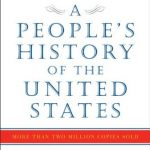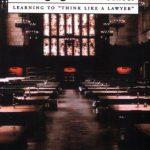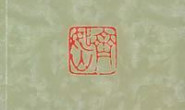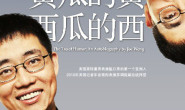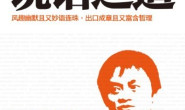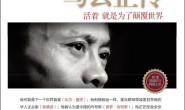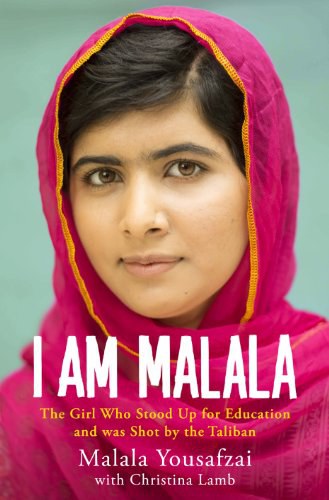
内容简介
When the Taliban took control of the Swat Valley in Pakistan, one girl spoke out. Malala Yousafzai refused to be silenced and fought for her right to an education.
On Tuesday, October 9, 2012, when she was fifteen, she almost paid the ultimate price. She was shot in the head at point-blank range while riding the bus home from school, and few expected her to survive.
Instead, Malala’s miraculous recovery has taken her on an extraordinary journey from a remote valley in northern Pakistan to the halls of the United Nations in New York. At sixteen, she has become a global symbol of peaceful protest and the youngest nominee ever for the Nobel Peace Prize.
I AM MALALA is the remarkable tale of a family uprooted by global terrorism, of the fight for girls’ education, of a father who, himself a school owner, championed and encouraged his daughter to write and attend school, and of brave parents who have a fierce love for their daughter in a society that prizes sons.
I AM MALALA will make you believe in the power of one person’s voice to inspire change in the world.
Malala Yousafzai (Pashto: ملاله یوسفزۍ; Urdu: ملالہ یوسف زئی Malālah Yūsafzay, born 12 July 1997)[2] is a Pakistani school pupil and education activist from the town of Mingora in the Swat District of Pakistan’s northwestern Khyber Pakhtunkhwa province. She is known for her education and women’s rights activism in the Swat Valley, where the Taliban had at times banned girls fro…
(展开全部)
Malala Yousafzai (Pashto: ملاله یوسفزۍ; Urdu: ملالہ یوسف زئی Malālah Yūsafzay, born 12 July 1997)[2] is a Pakistani school pupil and education activist from the town of Mingora in the Swat District of Pakistan’s northwestern Khyber Pakhtunkhwa province. She is known for her education and women’s rights activism in the Swat Valley, where the Taliban had at times banned girls from attending school. In early 2009, at the age of 11–12, Yousafzai wrote a blog under a pseudonym for the BBC detailing her life under Taliban rule, their attempts to take control of the valley, and her views on promoting education for girls. The following summer, a New York Times documentary was filmed about her life as the Pakistani military intervened in the region, culminating in the Second Battle of Swat. Yousafzai rose in prominence, giving interviews in print and on television, and she was nominated for the International Children’s Peace Prize by South African activist Desmond Tutu.
On 9 October 2012, Yousafzai was shot in the head and neck in an assassination attempt by Taliban gunmen while returning home on a school bus. In the days immediately following the attack, she remained unconscious and in critical condition, but later her condition improved enough for her to be sent to the Queen Elizabeth Hospital in Birmingham, United Kingdom for intensive rehabilitation. On 12 October, a group of 50 Islamic clerics in Pakistan issued a fatwā against those who tried to kill her, but the Taliban reiterated its intent to kill Yousafzai and her father.
The assassination attempt sparked a national and international outpouring of support for Yousafzai. Deutsche Welle wrote in January 2013 that Malala may have become “the most famous teenager in the world.”[3] United Nations Special Envoy for Global Education Gordon Brown launched a UN petition in Yousafzai’s name, using the slogan “I am Malala” and demanding that all children worldwide be in school by the end of 2015. Brown said he would hand the petition to Pakistan’s President Asif Ali Zardari in November. In the 29 April 2013 issue of Time magazine, Yousafzai was featured on the magazine’s front cover and as one of “The 100 Most Influential People In The World”. She was the winner of Pakistan’s first National Youth Peace Prize and was nominated for the 2013 Nobel Peace Prize. On 12 July 2013, Yousafzai spoke at the UN to call for worldwide access to education, while in September 2013 she officially opened the Library of Birmingham.[4]
目录



